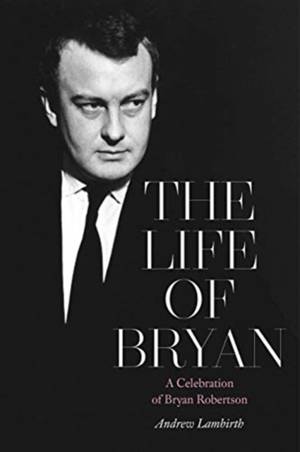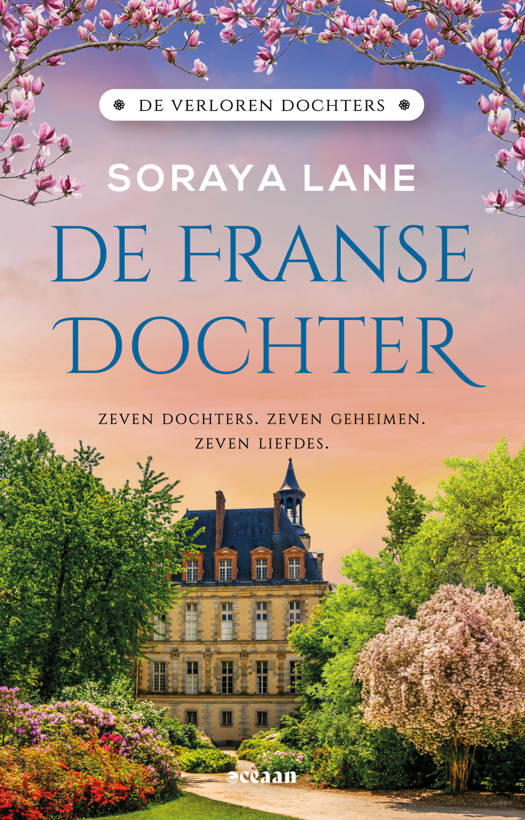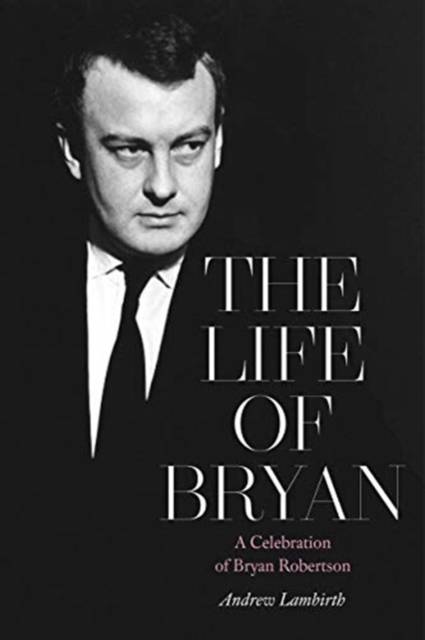
Door een staking bij bpost kan je online bestelling op dit moment iets langer onderweg zijn dan voorzien. Dringend iets nodig? Onze winkels ontvangen jou met open armen!
- Afhalen na 1 uur in een winkel met voorraad
- Gratis thuislevering in België vanaf € 30
- Ruim aanbod met 7 miljoen producten
Door een staking bij bpost kan je online bestelling op dit moment iets langer onderweg zijn dan voorzien. Dringend iets nodig? Onze winkels ontvangen jou met open armen!
- Afhalen na 1 uur in een winkel met voorraad
- Gratis thuislevering in België vanaf € 30
- Ruim aanbod met 7 miljoen producten
Zoeken
€ 41,95
+ 83 punten
Omschrijving
Bryan Robertson (1925-2002) was the greatest director the Tate Gallery in London never had. In 1952, at the age of twenty-seven and against formidable competition, which included David Sylvester and Lawrence Gowing, he became director of the Whitechapel Gallery in London. Robertson held this post until 1969, transforming the gallery into a beacon of new artists and their voices. While there, he effected a revolution in the British museum world, bringing the more innovative and radical American and European contemporary artists to the United Kingdom and programming a series of exhibitions devoted to British artists in mid-career. He was the first to show Pollock, Rothko, Rauschenberg, and Johns in England, and matched this with historical re-evaluations of Turner, Stubbs, Bellotto, and Rowlandson. He showed European artists Piet Mondrian, Germaine de Stäel, Malevich, and Poliakoff, and English artists included Barbara Hepworth, Alan Davie, Ceri Richards, and Keith Vaughan. Among younger painters and sculptors, he identified the New Generation of Caro, Hoyland, Riley, Jones, and Caulfield, and he stage-managed a flow of exhibitions that transformed the Whitechapel into a highly sought-after gallery. The book is an exploration of this influential curator's life as witnessed through his friends and contemporaries and in excerpts from his own written works. A tribute to a man of vision and flair, The Life of Bryan celebrates Bryan Robertson's lasting influence over the way we look at and think about art.
Specificaties
Betrokkenen
- Auteur(s):
- Uitgeverij:
Inhoud
- Aantal bladzijden:
- 320
- Taal:
- Engels
Eigenschappen
- Productcode (EAN):
- 9781916495739
- Verschijningsdatum:
- 1/04/2020
- Uitvoering:
- Hardcover
- Formaat:
- Genaaid
- Afmetingen:
- 160 mm x 236 mm
- Gewicht:
- 816 g

Alleen bij Standaard Boekhandel
+ 83 punten op je klantenkaart van Standaard Boekhandel
Beoordelingen
We publiceren alleen reviews die voldoen aan de voorwaarden voor reviews. Bekijk onze voorwaarden voor reviews.











